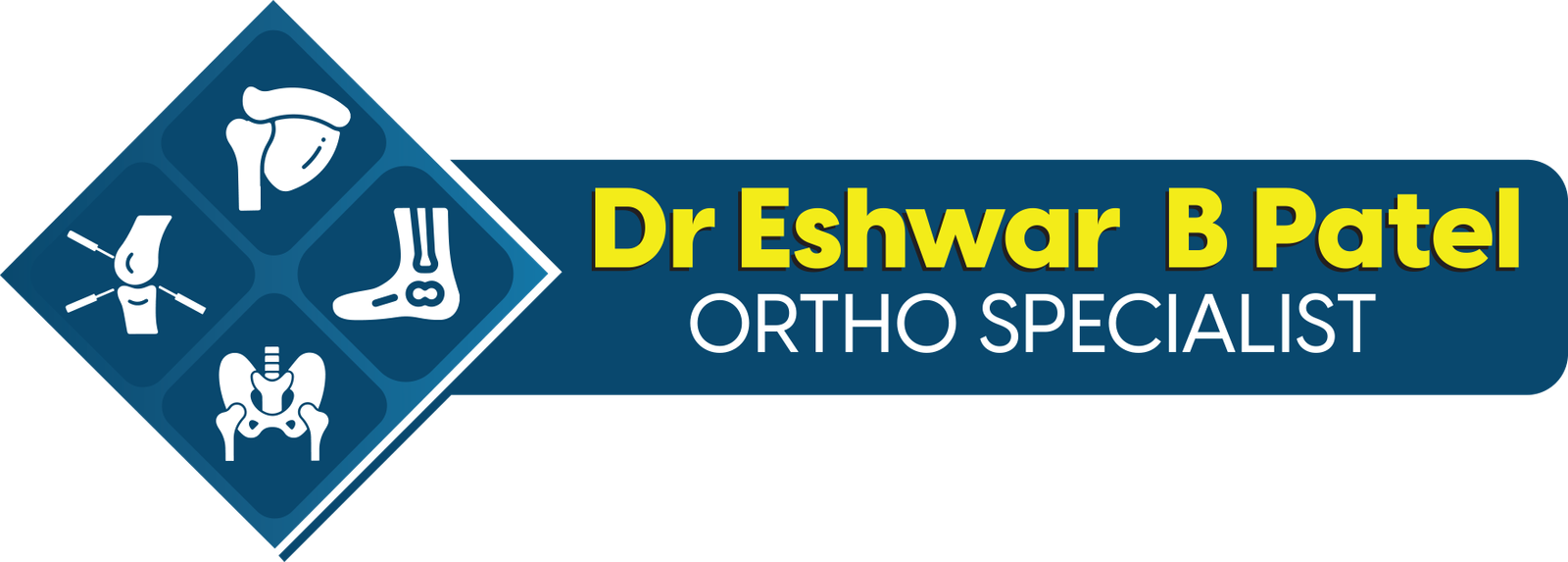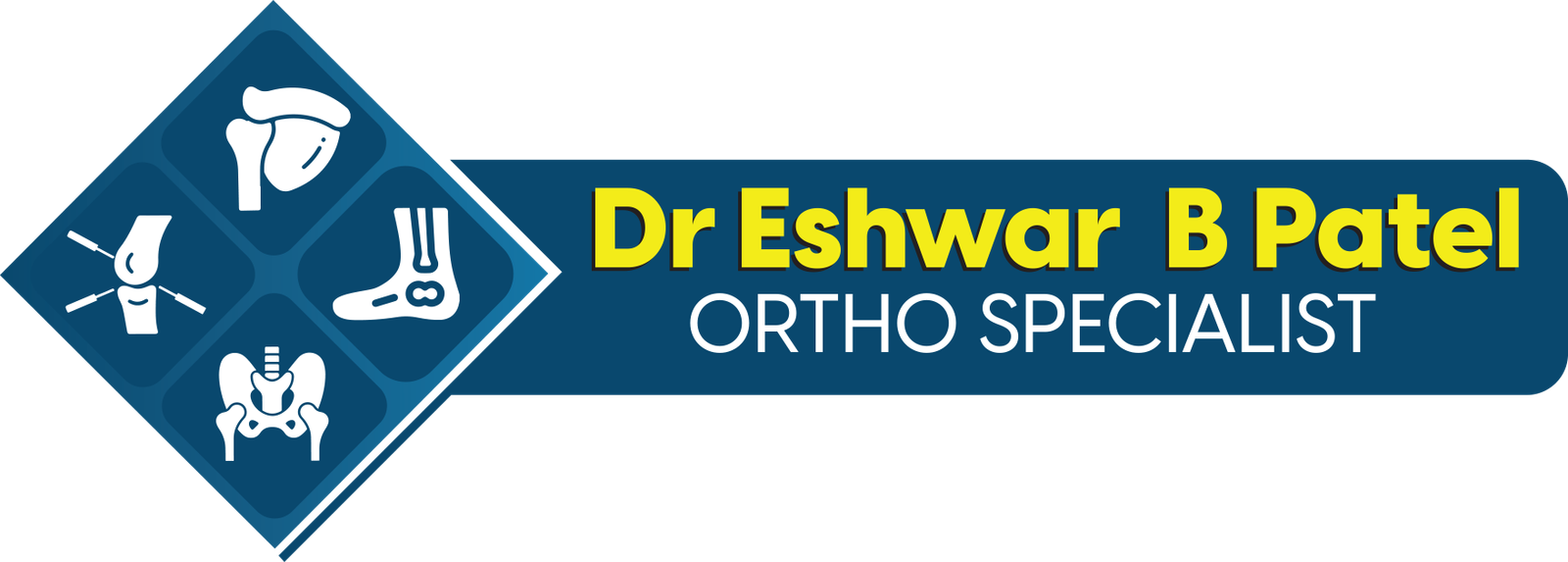Hip Arthroscopy
Hip arthroscopy is a minimally invasive surgical procedure that allows orthopedic surgeons to diagnose and treat a variety of hip joint problems. It involves the use of small incisions and specialized instruments to access the hip joint, making it an attractive option for patients seeking faster recovery times and less post-operative pain compared to traditional open surgery.
Procedure Overview: During hip arthroscopy, the surgeon makes small incisions around the hip joint, typically less than one centimeter in size. Through these incisions, a tiny camera called an arthroscope is inserted. This camera provides a clear view of the inside of the joint, allowing the surgeon to identify any abnormalities or damage.
Once the problem is identified, miniature surgical instruments are inserted through additional incisions to repair or treat the issue. Common procedures performed during hip arthroscopy include:
-
Labral Repair or Reconstruction: The labrum is a ring of cartilage that lines the socket of the hip joint. Tears or damage to the labrum can cause pain and instability in the hip. Surgeons can use specialized tools to repair or reconstruct the labrum, restoring stability and function to the joint.
-
Femoroacetabular Impingement (FAI) Correction: FAI occurs when there is abnormal contact between the bones of the hip joint, leading to pain and limited range of motion. Hip arthroscopy can be used to reshape the bones of the hip, eliminating impingement and reducing symptoms.
-
Removal of Loose Bodies: Loose fragments of bone or cartilage can sometimes develop within the hip joint, causing pain and inflammation. Hip arthroscopy allows surgeons to remove these loose bodies, relieving symptoms and preventing further damage to the joint.
-
Treatment of Synovitis: Synovitis is inflammation of the synovial membrane, which lines the inside of the joint capsule. Hip arthroscopy can be used to remove inflamed tissue and alleviate pain and swelling associated with synovitis.
-
Cartilage Repair: Damage to the cartilage within the hip joint can cause pain and dysfunction. Depending on the extent of the damage, surgeons may perform various techniques to stimulate cartilage growth or repair existing damage.
Recovery and Rehabilitation: One of the key benefits of hip arthroscopy is the relatively quick recovery time compared to traditional open surgery. Most patients are able to return home the same day as the procedure, although some may require an overnight stay in the hospital for observation.
Rehabilitation following hip arthroscopy typically involves a combination of rest, physical therapy, and gradual return to normal activities. Patients may initially need to use crutches or a walker to assist with walking, and they will be instructed to avoid activities that put stress on the hip joint.
Physical therapy is an essential component of recovery, focusing on strengthening the muscles around the hip joint, improving range of motion, and restoring normal movement patterns. Most patients are able to resume low-impact activities such as walking and swimming within a few weeks of surgery, with full recovery typically taking several months.
Benefits and Risks: Hip arthroscopy offers several potential benefits for patients, including:
- Minimally invasive approach
- Faster recovery time
- Less post-operative pain
- Reduced risk of complications such as infection and blood loss
- Preservation of healthy tissue and joint structures
However, like any surgical procedure, hip arthroscopy also carries certain risks, including:
- Infection
- Blood clots
- Nerve or blood vessel damage
- Failure to relieve symptoms or improve joint function
Overall, hip arthroscopy is a safe and effective option for many patients with hip joint problems. However, it is important for patients to discuss the potential risks and benefits with their surgeon and carefully weigh their treatment options before undergoing surgery.
Surgeries
Best Knee Replacement in Hyderabad
Best Hip Replacement in Hyderabad
Best Shoulder Replacement in Hyderabad
Best Arthrocopy Treatment in Hyderabad
Orthopedic Surgeon in Hyderabad
Maps
Copyright 2022 © DrEshwar Patel Ortho Specialist All Rights Reserved.
Website Designed & Developed By VENLAX GROUP

